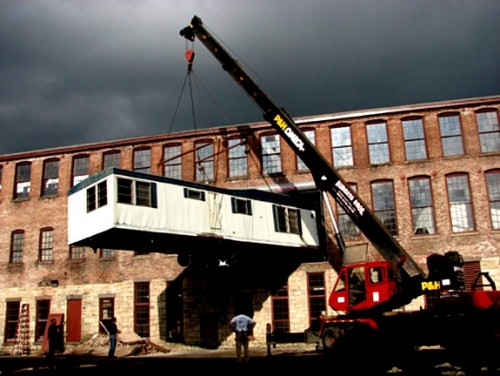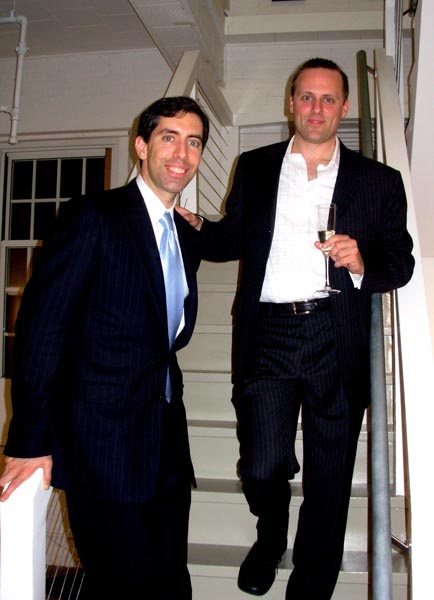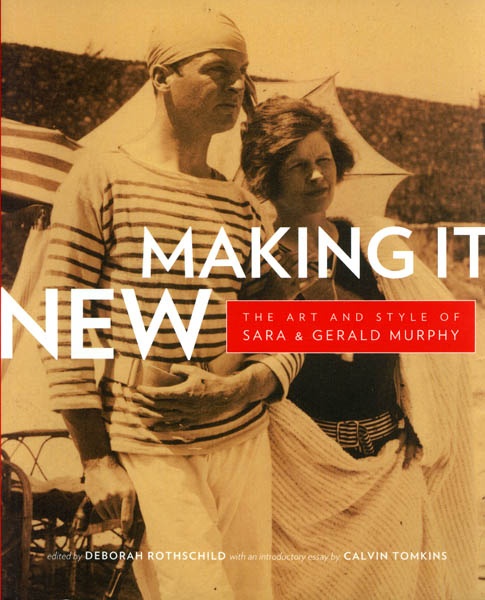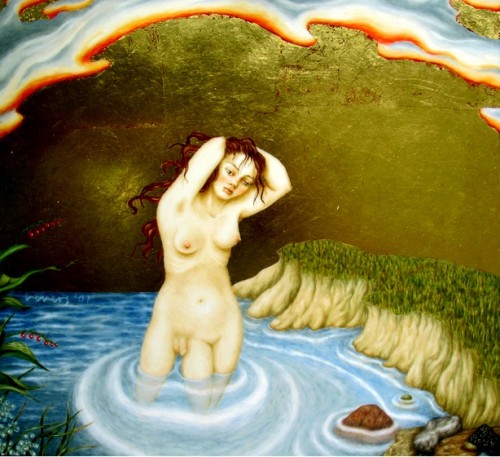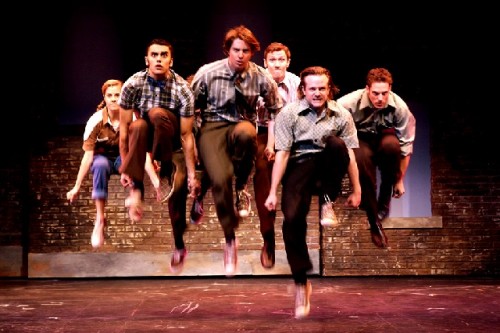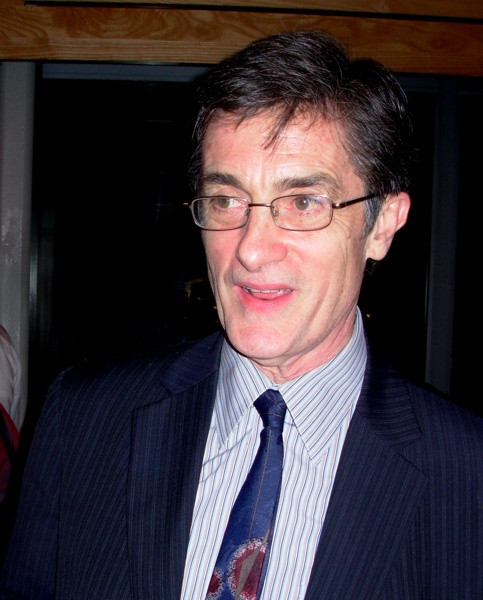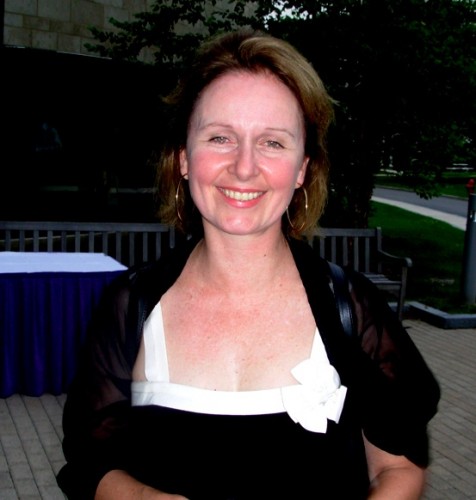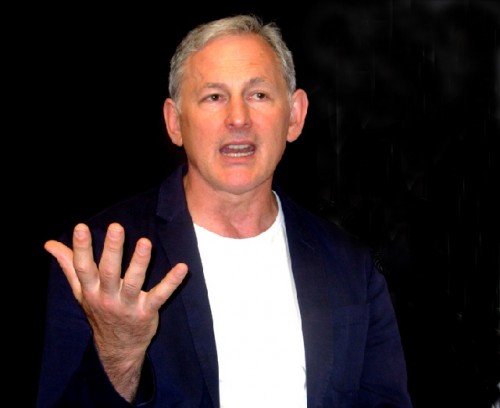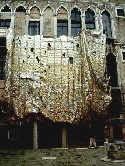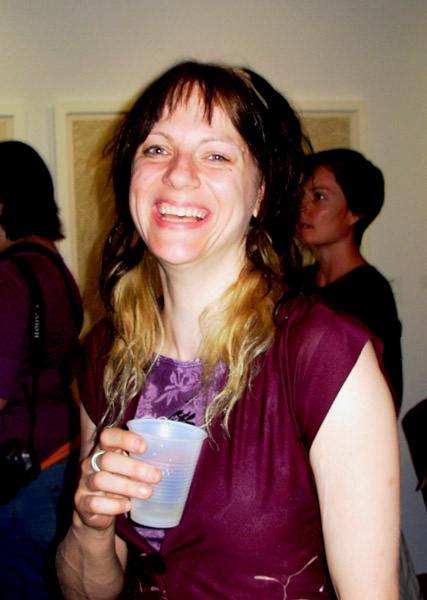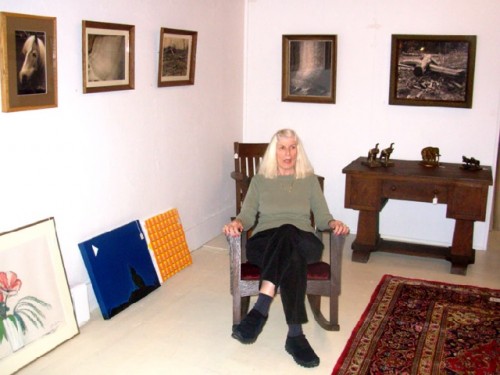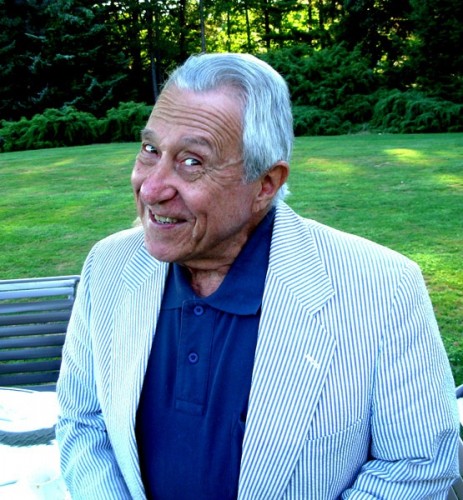2007: An Overview
Highlights of a Year of Transition and Change
By: Charles Giuliano - Dec 28, 2007
The notion of annual lists of the best and worst have always struck me as rather absurd. As the former curator/ director of exhibitions at the New England School of Art & Design at Suffolk University it galled me to read the Boston Globe and Boston Phoenix picks by their art critics in which we were rarely mentioned. In any given season it was remarkable if reviewers visited and wrote about more than a fraction of our program. This in spite of considerable efforts to keep them informed. The gallery is located in the heart of the city just steps from the subway. So it was unprofessional and lazy for full time, beat critics not to keep up with the activity of the city in their area of coverage.
And if they were lax in reviewing the most accessible venues then heaven help curators of more remote locations. For some time, however, there was disproportionate coverage of art venues in Newton where a critic lived.
That problem was dramatically improved when the Globe hired Ken Johnson, who came from and has now returned to, the New York Times. All too briefly he brought to Boston the highest standards of professional criticism. Often his coverage took no prisoners particularly of local sacred cows such as a scathing review of small works on recycled, bingo cards by the British born, Boston University professor, John Walker. It was arguably too harsh, and not entirely fair, but a breath of fresh air that there was, however briefly, a critic who had an opinion worth reading and spoke his mind.
With a great interest in movies I always read the annual lists but generally find that I have not heard of most of the films that are mentioned. But at least film critics see most of what is released. They spend their days in screening rooms, or at festivals, and see hundreds of films as well as DVDs. This also tends to be true of full time theatre critics who cover most of what is staged in their geographic area. But I am sure there is much off and off off Broadway theatre that slips by first string critics.
Let us proceed with an overview of events and impressions of the past year. Rather that Best and Worst the following remarks comprise a summary of what moved me. On many levels 2007 was a time of challenge and transition. It was my last year of teaching and programming the gallery which ended with my retrospective and more than a hundred photographs of musicians, artists and performers. There were months spent on the computer scanning and tweaking images for the show. Astrid and I emptied and sold our home in East Boston, thank heavens, packed it all up and moved to the Berkshires. At the other end were tons of boxes which we are still sorting through. Having moved, by June, we jumped into our first full season of covering the arts in the Berkshires. It was a daunting and exhilarating challenge.
It also marked the first full season for Berkshire Fine Arts. Having left Boston I turned my theatre beat over to the capable hands of Mark Favermann and the fine arts to Shawn Hill with Erica H. Adams covering performing arts. Zeren Earls and Astrid Hiemer have contributed travel pieces and, as the spirit moves them, we have attracted other contributors including Larry Murray, Matthew Belanger, Michael Miller, Steve Nelson, Eric Myrvaagnes, Nikolas Foster, Daniel Ranalli, Lisa Avery, Yuri Tuvim, Matuschka, David Carbone, Carl Chiarenza, Roman Iwasiwka, Gregory Scheckler, Nikolai Rudd, and Szabolcs Mosonyi. All of these individuals have provided a lively mix of material that has resulted in some 30,000 monthly visitors with another 7,000 for Maverick-Arts.com. We are about to make technical and design changes which will broaden outreach and improve coverage over the coming year.
Having moved from Boston to the Berkshires represents an enormous critical and cultural adjustment. From June through September, arguably, there is no better region for the full range of the arts. There is the world class music of Tanglewood and the renowned dance program of Jacob's Pillow. In the field of theatre we saw every production of the Williamstown Theatre Festival and the Barrington Stage Company and in 2008 hope to add to that coverage of Shakespeare & Company and the Berkshire Theatre Festival. We are already starting to mark the calendar and figuring out the logistics of being in so many places at once. Consider this a plea for help from aspiring writers and critics.
The pace of covering Berkshire museums and galleries, while significant, is somewhat slower. There are a handful of superb museums but few by comparison to New York and Boston. And there are only a few notable but struggling galleries and non profit fine arts venues. But despite the limited number of venues and exhibitions several managed to attract national and international coverage.
While we saw a lot of theatre in the Berkshires, truth is, I really miss the quality and challenge of having covered American Repertory Theatre and the Huntington in Boston. There is nothing like that in the Berkshires. While attending ART productions in Cambridge is hit and miss they never fail to be ambitious and challenging. One emerges loving or hating an evening of theatre.
There was too little of this adventure and controversy in Berkshire based theatre. Yes, Barrington Stage Company's "West Side Story" was wonderful, arguably, the most enjoyable show we attended all summer, but not particularly new or different. Barrington's "Uncle Vanya" was way off the mark. And Williamstown Theatre Festival (WTF) seemed to recycle Turner Classic Movies with productions of such film noir chestnuts as "Front Page" and "The Corn Is Green." Their shows like Beth Henley's "Crimes of the Heart," and a new play inspired by the Gerald Murphy exhibition at Williams College Museum of Art "Villa America," by Crispin Whittell, were simply dreadful. A small production of "Dissonance" by Damian Lannigan and "Physicists" by Friedrich Durrenmatt were quite wonderful. Some critics liked a new musical "Party Come Home" but I was less enthusiastic.
While it was widely considered that WTF artistic director, Roger Rees, had greatly improved over the disaster of his first two seasons it was not enough to save his job. It is curious that he started the season being awarded an Honorary Degree by Williams and ended it getting sacked. It will be interesting to see how the 2008 season changes with the appointment of Nicholas Martin who earned a widely respected reputation as artistic director of the Huntington Theatre Company. We saw three of his excellent productions this past season, Victor Garber starring in Noel Coward's "Present Laughter" and Chekhov's "The Cherry Orchard" with Kate Burton at the Huntington. He also directed Burton in "The Corn is Green" for WTF. But we miss the gravitas of ART productions such as the riveting Harold Pinter play "No Man's Land" its edgy "Brittanicus" and a deconstruction of "Oliver Twist."
We attended Tanglewood on a few occasions but not as often as we would have liked. The performance of Keith Lockhart conducting the Pops in "Carousel" was surely memorable. But our best Tanglewood experience was the remarkable Jazz Festival organized by Freddy Taylor during the "shoulder" season in September. We wish there was more such programming during the summer season.
Overall, the Berkshire season in the fine arts was a mess. Mass MoCA fell on its face when its main gallery was held up for a year of dealing with the Swiss installation artist Christoph Buchel. It was finally resolved with a court decision which favored the museum and allowed them to remove the materials of the "unfinished" project which they started almost the next day to make way for the current installation of video projections by Jenny Holzer. The museum suggested an attempt at closure considering the collateral damage it had attracted from numerous, irate art critics including Ken Johnson in the Globe and Roberta Smith for the New York Times. The flop at Mass MoCA was a disaster for the local arts community and tourism in general. Mass MoCA director, Joe Thompson, whose job and reputation appeared to be on the line, promised that there would be a panel discussion debating the Buchel experience "sometime this fall." Well, it is now winter, and that hasn't happened. Although an event debating the Buchel controversy has been planned for the Williams Club in New York. That seems like a rather safe location to discuss its problems.
Thompson and Mass MoCA want to put the Buchel fiasco in their rear view mirror. After a year of circling the wagons and fending off barrages of criticism they are anxious to promote strides toward a $37 million "Permanence Campaign" for endowment. There is also the upbeat news of an $8.5 million collaboration with Yale University to develop a new building to house 90 wall pieces, yet to be created, according to the plans and designs of the late Sol LeWitt. Recently, Williams College pledged $1.8 million for the project. It is expected that adding the LeWitt building will make Mass MoCA an art world destination comparable to the installations of minimal art on view at neighboring DIA Beacon in New York.
This infusion of cash and programming assures new life and much needed stability to embattled and struggling Mass MoCA. It is now less of a Cinderella compared to its very rich neighbors, the Williams College Museum of Art, and the Clark Art Institute. While Mass MoCA got nothing but bad press for its Buchel disaster it was a very good year for the Clark and Williams. "Making It New: The Art and Style of Gerald and Sara Murphy" by now retired curator, Deborah Rothschild, got tons of national media attention including rave reviews in the New York Times, the New Yorker and Newsweek. But I found the show overly fussy and top heavy with documentation and ephemera. The oeuvre of Murphy, while fascinating, was too thin for a substantial exhibition. The project was little more than an illustration of source materials for the fascinating Amanda Vail biography "Everybody Was So Young: A Lost Generation Love Story." There was so much Murphymania euphoria that nobody seemed to notice that there wasn't that much actual art in the exhibition.
The Clark, one of the best endowed small museums in America, this past year just got richer. Sir Edward Manton a collector of the British artists Constable, Turner and Gainsborough, who died at 96 in 2005, gave the Clark some $40 million in art, mostly works on paper, and another $50 million for educational programming. In June the Clark will open a new building designed by Tadao Ando. The Clark has negotiated the long term lease of a building on the Mass MoCA campus but there has been no announcement of what it plans to do with the space. The Clark continues to organize scholarly, old master shows such as its insightful survey of drawings by Claude Lorrain, a rehash of Monet last summer, and works by Fragonard through January. It will be interesting to see how the Clark programs its new spaces and spends an abundance of riches.
On a smaller, more local, but devastating level there were serious losses in the North Adams arts community. We were saddened and shocked by the death of Joe Conway, the life and business partner of Kurt Kolok, director of the important and progressive Kolok Gallery. In a recent conversation we were assured that Kurt intends to move forward with another season for the gallery. There was also the bad news that the Contemporary Artists Center, after some 17 years, would not be developing a new home, as planned, and would relocate to Troy, New York. There was a lot of bad karma and finger pointing between its director, Heather "Hezzie" Phillips, and North Adams mayor, John Barrett III.
But there was also good news in the emergence of the edgy, techie Greylock Arts a gallery which has opened in Adams run by Matthew Belanger and Marianne Petit. On Main Street, in North Adams, the MCLA Gallery 51 appears to be thriving. Last fall, next door North Adams Antiques, the business venture of the artists Jeff and Jane Hudson, opened with part of its space devoted to contemporary art. They are in the process of starting another branch on the campus of the former site of the Sprague Electric Company.
While all that transition and change prevented us from visiting New York this past year we reported on the Venice Biennale and three weeks of travel in Italy. We also managed a trip to Cape Cod where we much enjoyed and wrote about the Edwin Dickinson exhibition at the Provincetown Arts Association and Museum and work by Tabitha Vevers at Strand Gallery. In Framingham there was an ambitious and important selection of paintings by the Boston Expressionist, Hyman Bloom, at the Danforth Museum. The "best" exhibition we saw this past season was the installation at the Palazzo Fortuny in Venice. But that is an example of a pretentious critic noting an obscure show in an out of the way location. It was, however, a remarkable experience. And the "worst" exhibition, oh well, why not, was Christoph Buchel at Mass MoCA. So there. As to 2008, bring it on baby. Happy New Year.

